コンプリート! brfss 2019 571897-Brfss questionnaire 2019
What is new –March 19 •BRFSS •YRBS •IRIS •CDRI –incidence and survival •BVRHS mortality •Clinical trial enrollment Data Sources •CDRI is the source for cancer incidence and survival data in Idaho •Cancer mortality, risk factor, and screening data come from the Bureau of VitalDATA RESULTS 19 KANSAS BRFSS 19 Questionnaire Topics Page Data Table Percentage of Adults With Fair or Poor SelfPerceived Health Status Subpopulation Unweighted Frequency Weighted Percentage19 BRFSS Questionnaire 11 ASK IF ADULTS>=1 RSA System Generated Variable Randomly Selected Adult 01 Oldest Female 02 2 nd Oldest Female 03 3 rd Oldest Female 04 4 th Oldest Female 05 5 th Oldest Female 06 6 th Oldest Female 07 7 th Oldest Female 08 8 th Oldest Female 09 9 th Oldest Female 11 Oldest Male 12 2 nd Oldest Male 13 3 rd Oldest Male 14 4

Combining State Data From Behavioral Risk Factor Surveillance System
Brfss questionnaire 2019
Brfss questionnaire 2019-Bienvenidos a la sección de Tendencias en las condiciones de salud de Puerto Rico En esta sección, facilitamos el acceso a los datos del Sistema de Vigilancia de Factores de Riesgo del Comportamiento (o BRFSS en inglés) Esta encuesta se lleva a cabo en Puerto Rico desde 1996, mediante entrevista telefónica a personas de 18 años o más;Behavioral Risk Factor Surveillance System > Prevalence Data and Analysis Tools > BRFSS Prevalence & Trends Data Explore by Topic Recommend on Facebook Tweet Share Compartir States and MMSAs Class updating Topic updating Year updating Note Use caution in interpreting cell sizes less than 50 If you see that a question is not




Impact Of Healthcare Access And Hiv Testing On Utilisation Of Cervical Cancer Screening Among Us Women At High Risk Of Hiv Infection Cross Sectional Analysis Of 16 Brfss Data Abstract Europe Pmc
19 BRFSS Questionnaire 8 01 Male 02 Female 97 DON'T KNOW / NOT SURE 99 REFUSED IF SEX1=01 SET HGENDER=1 (Male);Moved to the BRFSS core, vital information about LGBT peoples' health will be documented that can support national, state, and local programs to stabilize the health of this vulnerable population Suggested citation Restar AJ, Jesdale WM, Pederson LL, Durso, LE, Scout NFN 19 Advancing Objective Previous studies identified several factors associated with cervical cancer screening However, many of them used samples from the general population and limited studies focused on women with highrisk health behaviours We aimed to disentangle the association of cervical cancer screening with healthcare access and HIV testing among women at a high risk of
Brfss_emspt The variables from the BRFSS optional state module on emptional support and life satisfaction, 1417 brfss_flu The variables from the BRFSS optional state module on place of influenza vaccination, 1617 It also includes core variables from each BRFSS year 1419 brfss_core demographic, socioeconomic, health care19 Novel Coronavirus (COVID19) Rules and Guidelines;The Health of Connecticut Workers An Analysis of Health Indicators from 1316 CT BRFSS by Industry and Occupation, March 19
26 March 19 19 BRFSS Questionnaire 2 concerning the BRFSS OMB process, please contact Carol Pierannunzi at ivk7@cdcgov HELLO, I am calling for the (health department) My name is (name) We are gathering information about the health of (state) residents This project isIF SEX1=02 SET HGENDER=2 (Female) ASK IF HS1=01 AND HS2=02 ADULTS I need to randomly select an adult who lives in your household to be interviewed Excluding adults living away from home, such as students away at college,Live Chat with State Information Center



The Behavioral Risk Factor Surveillance System Brfss 17 Texas



Adult Obesity Prevalence Maps Overweight Obesity Cdc
19 BRFSS Questionnaire 1 19 BRFSS Questionnaire All questions Paths A and B unless otherwise indicated As of 2 Table of Contents OMB Header and IntroductoryYearly BRFSS Survey Questionnaires (0019) Year Maine BRFSS Questionnaire (PDF) Year 19 19 Maine BRFSS Quest Combined (PDF) Year 18 18 Maine Questionnaire (PDF) Year 17 Parts A and B (PDF)Volume 1, Number 1 February 19 Texas BRFSS Topical Brief Wearable Device Use among Texas Adults Background Wearable devices first emerged in 09 with the original Fitbit, which was capable of tracking the user's movement, sleep, and calorie burn1 Since then, wearable device technology has only grown Wearable devices are now capable
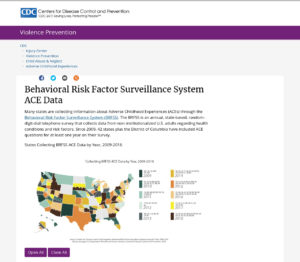



Behavioral Risk Factor Surveillance System Trauma Informed Care Implementation Resource Center Resource



Illinois Behavioral Risk Factor Surveillance System
Current Behavioral Risk Factor Surveillance System;The national Behavioral Risk Factor Surveillance System (BRFSS) consists of annual surveys (ie, BRFS) conducted independently by the states, District of Columbia, and US territories, and is coordinated through cooperative agreements with the Centers for Disease Control and Prevention (CDC) The annual Michigan surveys follow the CDCBehavioral Risk Factor Surveillance System 19 Questionnaire Interviewers Script Landline Form Approved OMB No Exp Date Public reporting burden of this collection of information is estimated to average 29 minutes per response, including the time for reviewing instructions, searching existing data sources,




Behavioral Risk Factors Surveillance




18 Sdqr 508 Behavioral Risk Factor Surveillance System 18 Summary Data Quality Report Page 1 Of 26 Table Of Contents Introduction 3 Course Hero
How to transform CDC BRFSS 19 datasets into SAS Posted yesterday (104 views) Just a tip to anyone else learning how to get the CDC BRFSS 19 dataset and formats into SAS This video applies to the 19 datasets too BRFSS is a statebased system of health surveys that collects information on health risk behaviors, preventive health practices, and health care access primarily related to chronic disease and injury For Alabama, the BRFSS is the only available source of timely, accurate data on healthrelated behaviors19 BRFSS Questionnaire 6 INTERVIEWER NOTE Private residence includes any home where the respondent spends at least 30 days including vacation homes, RVs or other locations in which the respondent lives for portions of the year 01 Yes 02 No 03 No, this is



2



Www Idph Iowa Gov Portals 1 Userfiles 185 17 annual report Pdf
BRFSS Statewide Reports and Publications A Profile of Health Among Massachusetts Adults, by year You can obtain prior special reports by contacting Maria McKenna at Office of Data Management and Outcomes Assessment MA Department of Public Health The Behavioral Risk Factor Surveillance System (BRFSS) is a random telephone survey of state residents aged 18 and older in households with telephones BRFSS was initially developed in the early 1980s by the Centers for Disease Control and Prevention (CDC) in collaboration with state health departments and is currently conducted in all 50 The Behavioral Risk Factor Surveillance System (BRFSS) is a statebased program that gathers information on risk factors among Illinois adults 18 years of age and older through monthly telephone surveys Established in 1984 as a collaboration between the US Centers for Disease Control and Prevention (CDC) and state health departments, the BRFSS



Behavioral Risk Factor Surveillance System Department Of Health State Of Louisiana



Cancer Network Org Wp Content Uploads 19 04 Sogi Data Sheet Pdf
The Wyoming Behavioral Risk Factor Surveillance System (BRFSS) is an ongoing statewide telephone survey of adults The survey's purpose is to gather information about health behaviors and factors known to contribute to or increase the risk of chronic disease, acute illness, injury, disability and premature death19 Behavioral Risk Factor Surveillance System Questionnaire FINAL Utah CDC NOTES (1) CAPITALIZED response options replace "DO NOT READ" text for all questions (2) Pink highlights indicate that theseThe National Center for Chronic Disease Prevention and Health Promotion, Division of Population Health, Population Health Surveillance Branch (PHSB) is planning for the 19 Behavioral Risk Factor Surveillance System (BRFSS) Notice of Funding Opportunity (NOFO) Closeout Meeting to be held April 8 th to 12 th, 19, in Atlanta, GAI f you are interested in attending, please use this



Http Www Austintexas Gov Edims Document Cfm Id



Www Guttmacher Org Sites Default Files Report Pdf State Level Estimates Contraceptive Use In Us 19 Pdf
Call for Abstracts 19 BRFSS Meeting 1 Innovations in survey methodology and analytical methods 2 Psychosocial determinants of health 3 Chronic diseases or conditions 4 Health disparities 5 Emerging health issues 6 Environmental determinants of health 7 Health care access andCT 18 BRFSS Prevalence Estimates for Risk Factors and Health Indicators Selected Summary Tables, Oct 19; The Behavioral Risk Factor Surveillance System (BRFSS) is the nation's premier system of healthrelated telephone surveys that collect state data about US residents regarding their healthrelated risk behaviors, chronic health conditions, and use of preventive services



2




Prevalence Of Selfreported Obesity Among U S Adults
The Behavioral Risk Factor Surveillance System (BRFSS) of adults Vermonters tracks healthrelated risk behaviors, chronic health conditions, and use of preventive services The results are used to assess progress on public health goals, such as Healthy Vermonters , and to plan, support and evaluate health promotion programsIn this BRFSS 19 Pennsylvania survey (see Appendix C) Emotional abuse accounts for the most ACEs in the commonwealth at a prevalence of 37% These categories are similar to the national BRFSS ACE data, which found that emotional19 ALCOHOL Consumption 15 16 17 18 19 Drinking and Driving




Behavioral Risk Factor Surveillance System Ace Data Violence Prevention Injury Center Cdc




Healthcare Free Full Text Propensity Score Analysis Assessing The Burden Of Non Communicable Diseases Among The Transgender Population In The United States Using The Behavioral Risk Factor Surveillance System 17 19 Html
In 19, 22 states* added the module—6 for the first time (Alabama, Delaware, Mississippi, Missouri, North Dakota, and Rhode Island) The BRFSS is an ongoing data collection program designed to measure behavioral risk factors for the adult population (18The Iowa Behavioral Risk Factor Surveillance System (BRFSS) is an ongoing telephone survey conducted in partnership with the State of Iowa and the Centers for Disease Control and Prevention (CDC) In 19, BRFSS collected 9,803 telephone interviews from residents, age 18 and older, living in private residences or college housingThe 19 BRFSS report has transitioned to a userfriendly interactive, webbased report Included in the report you will find analysis of all 29 topic areas, health district and regional maps and health districtlevel reports with comparisons to Pennsylvania
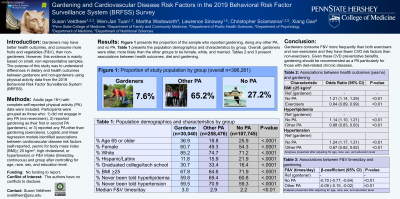



Nutrition 21 Live Online
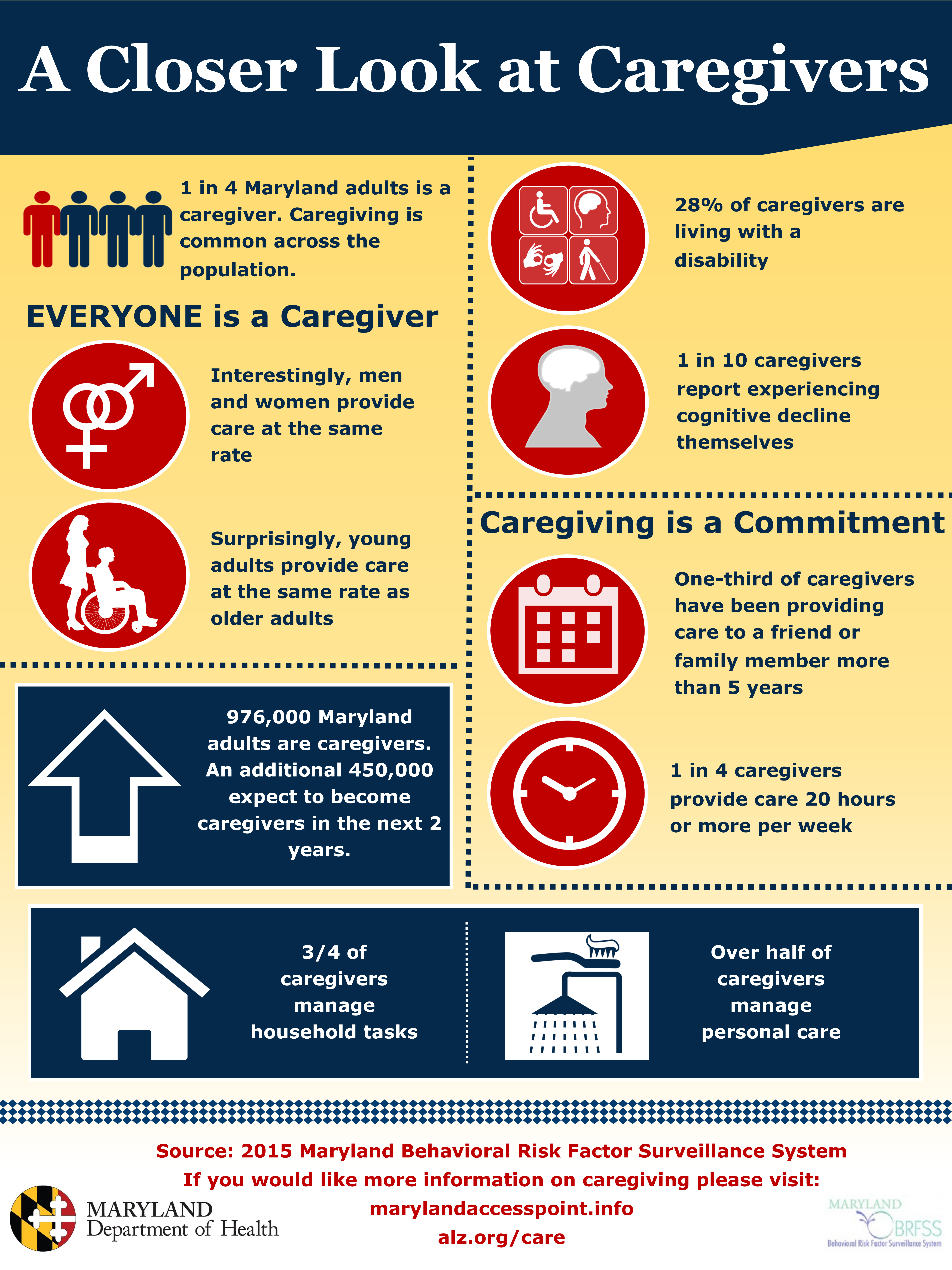



Pages Behavioral Risk Factor Surveillance System Brfss
Since 1999 the Boston Public Health Commission has been evaluating the health of Boston residents by conducting a telephonebased health interview survey The Boston BRFSS survey is conducted approximately every other year, and asks BostonMeasure Definitions % = Percent CI = 95% Confidence Interval n = "Sample Size" Translates to the number of adult respondents who answered this question, or were assigned to this category based on question responses for a calculated variable, or the number of states included for a median The 19 BRFSS data continue to reflect the changes initially made in 11 for weighting methodology (raking) and adding cellphoneonly respondents The aggregate BRFSS combined landline and cell phone data set is built from the landline and cell phone data submitted for 19 and includes data for 49 states, the District of Columbia, Guam, and Puerto Rico



1



1
Behavioral Risk Factor Surveillance System Footer Get Help from SIC About State Information Center; The Texas Behavioral Risk Factor Surveillance System (BRFSS), initiated in 1987, is a federally supported landline and cellular telephone survey that collects data about Texas residents regarding their healthrelated risk behaviors, chronic health conditions, and use of preventive services Texas BRFSS is an important tool for decisionmaking throughout DSHS and the publicAnalysis of Health Indicators for Connecticut Health Districts and Departments Results of CT BRFSS, March 19;
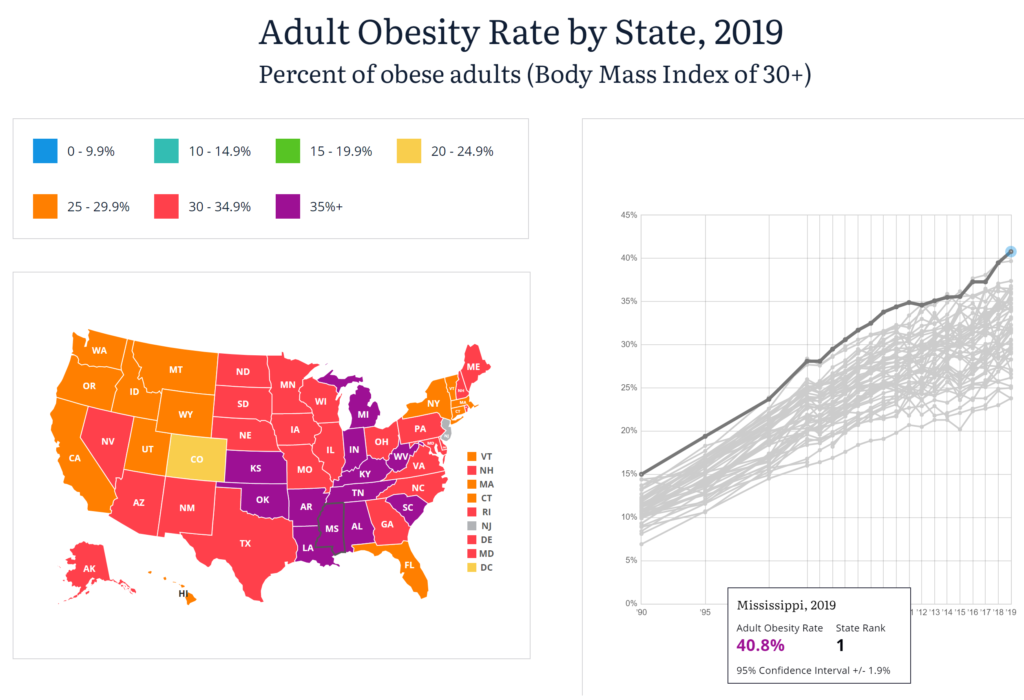



U S Adult Obesity Rate Tops 40 Percent Highest Ever Recorded Obesity Is Single Highest Risk Factor In Covid 19 Mortality That S Extremely Alarming In Terms Of Its Medical Implications Desdemona Despair




New Shadac Brief Explores Methods For Adapting Brfss Survey Income Measure To Align With Fpg Thresholds Shadac
Data collection for the 19 Boston Behavioral Risk Factor Surveillance System (Boston BRFSS) has begun!19 Florida Behavioral Risk Factor Surveillance System Data Introduction The Florida Department of Health is pleased to release the 19 Florida Behavioral Risk Factor Surveillance System (BRFSS) Data Book The Florida BRFSS has been collecting and reporting health behavior data since 1986 The 19 BRFSS Survey interviewed 16,959 Florida adultsA Community Health Approach to Arthritis in Utah (published 11/19) Summary of 18 Health Insurance Analysis from the Behavioral Risk Factor Surveillance System (BRFSS) (published 11/19) Immunization Coverage Report, 19 (published 12/19) Falls Among Older Adults, Utah 18 (published 12/19)




Adult Obesity Prevalence Maps Overweight Obesity Cdc



Brfss State Information Cdc
The Behavioral Risk Factor Surveillance System (BRFSS) is a cooperative effort of the Delaware Division of Public Health and the US Centers for Disease Control and Prevention (CDC), and is primarily funded by CDC It is conducted in all US states and several territories Delaware 19 Prevalence Tables The pooled data came from the 07, 09, and 12 Centers of Disease Control and Prevention (CDC) Behavioral Risk Factor Surveillance System (BRFSS) survey, which included unweighted sample sizes of 149,344 Whites, 11,156 Blacks, and 11,072 Hispanic adults aged 55 years old or olderData source 19 Maryland Behavioral Risk Factor Surveillance System (BRFSS), 19 National BRFSS Prepared by Brad Knight Page 1 of 2 19 BRFSS Data Population Estimate (N) Percent (%) Lower limit Upper limit Population Estimate (N) Percent (%) Lower limit Upper limit Weight classification




Colorado Child Fatality Prevention System 18 Brfss Public Data Set Now Available



2
The Behavioral Risk Factor Surveillance System (BRFSS) is a statebased system of health surveys that collects information on health risk behaviors and health conditions Random telephone surveys are conducted monthly in all 50 states, the District of Columbia, Guam, Puerto Rico, and the US Virgin IslandsBehavioral Risk Factor Surveillance System BRFSS Reports Adverse Childhood Experiences (ACEs) Understanding and Responding to Adverse Childhood Experiences in New York State (PDF) Alcohol Use Binge and Heavy Drinking, New York State Adults, 19 BRFSS Brief Number 2103 (PDF) Binge and Heavy Drinking, New York State Adults, 18 BRFSS Brief Re 19 BRFSS data truncation Posted 0112 PM (113 views) In reply to Flexluthorella I don't think the default lrecl value is 32k if you have set the RECFM=F or if you have changed the Lrecl system option




Arizona Department Of Health Services Reminder Az State Added Questions Applications For The Brfss Survey Are Due On Or Before Friday June 28 19 Visit The Brfss Saq Application 1 Azdhs Gov 2x8qpbn



2
12 15 Tables were created using the combined 1215 Oregon BRFSS Non Ageadjusted rates provide a description of the absolute burden of a disease or risk factor for an individual county Age Adjusted rates allow you to compare one region or group to another without worrying about whether differences in the rates are due to one BRFSS is a continuous, statebased surveillance system that collects information about modifiable risk factors for chronic diseases and other leading causes of death Indicators from this data source have been computed by personnel in CDC's Division for Heart Disease and Stroke Prevention (DHDSP)
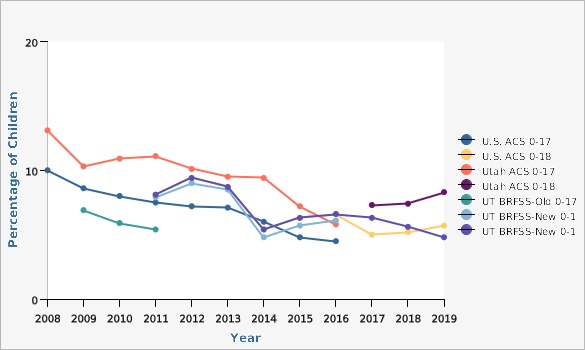



Ibis Ph Phom Complete Indicator Profile Health Insurance Coverage



Www Health Ny Gov Statistics Brfss Reports Docs 1913 Brfss Physical Activity Pdf



Flhealthcharts Brfss Indicators State Level Dataview Page




Cdc Brfss Prevalence Data Data Analysis Tools



2




Vision And Eye Health Risk Factors And Indicators Brfss John Snow Labs



2




Solved Xport Brfss Data On Mac Sas Support Communities




Impact Of Healthcare Access And Hiv Testing On Utilisation Of Cervical Cancer Screening Among Us Women At High Risk Of Hiv Infection Cross Sectional Analysis Of 16 Brfss Data Abstract Europe Pmc




Questionnaires




States Collecting Ace Data In The Brfss Through 19 State Aces Action Pacesconnection



Brfss Data Briefs




Weighted Brfss And Nis Demographic Characteristics And National Download Table




Transgender Identity And Mental Health Functional Impairment Analysis Of The 16 Behavioral Risk Factor Surveillance System Song Journal Of Public Health And Emergency



2




Access Brfss Data Office Of Public Health Assessment



Dchealth Dc Gov Sites Default Files Dc Sites Doh Publication Attachments Brfss 16 annual report Pdf



Http Www Floridahealth Gov Statistics And Data Survey Data Florida Youth Survey Florida Youth Tobacco Survey 19brfssdatabookfinal Pdf




Adult Obesity Prevalence Maps Overweight Obesity Cdc



Www Miace Org Wp Content Uploads 19 06 Spicerfastppt Pdf




Association Of Vaping Related Lung Injuries With Rates Of E Cigarette And Cannabis Use Across Us States Friedman 21 Addiction Wiley Online Library




Temporal Trends In The Prevalence Of Current E Cigarette And Cigarette Use By Annual Household Income From 16 To 18 From The Behavioral Risk Factor Surveillance System Brfss Survey American Journal Of Cardiology
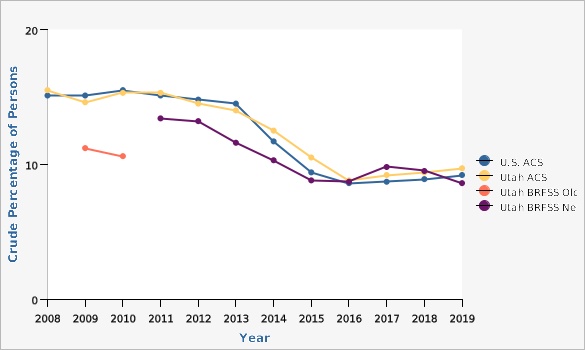



Ut Epht Complete Health Indicator Report Health Insurance Coverage




Brfss Aces Modules In California California Aces Action Ca Pacesconnection



2




17 18 National Survey On Drug Use And Health Other Sources Of State Level Data
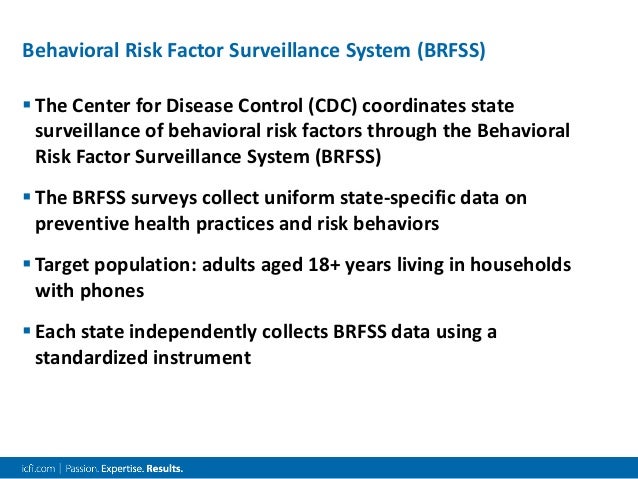



Combining State Data From Behavioral Risk Factor Surveillance System




Behavioral Risk Factors Surveillance



Portal Ct Gov Media Departments And Agencies Dph Brfss Ct Brfss Health Insurance Report Final Pdf




Brfss




Pages Behavioral Risk Factor Surveillance System Brfss
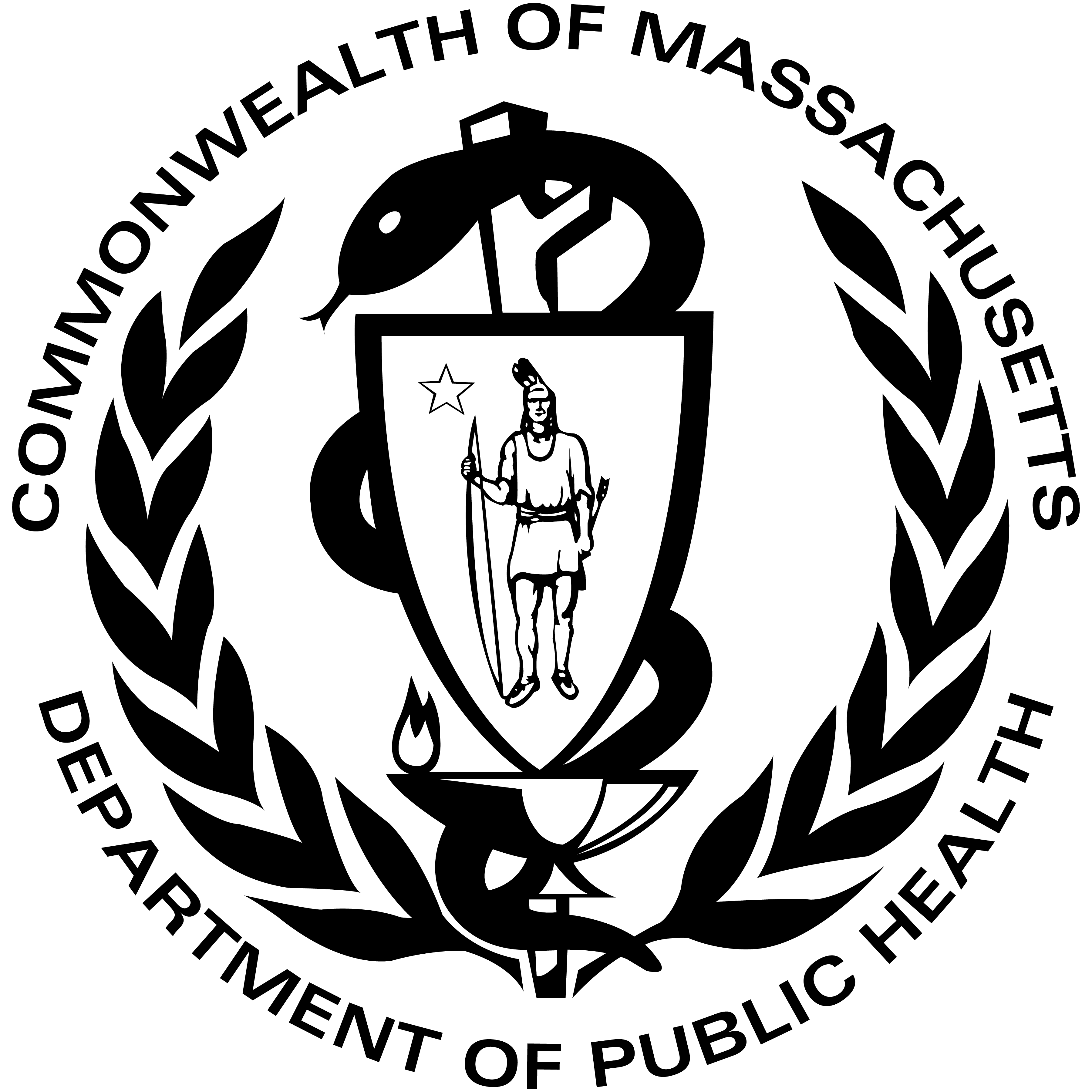



Statewide Behavioral Risk Factor Surveillance System Brfss Report Updated Mass Gov




Figure Behavioral Risk Factor Surveillance System Brfss Small Area Download Scientific Diagram



Adhs Arizona Behavioral Risk Factor Surveillance System Home



New Cdc Report 45 Men And 40 Women Now Obese Severe Obesity Now 12 Among Females Stats Miami Politics And Other Controversies Democrats Republicans Libertarians Conservatives Liberals Third Parties Left Wing Right Wing




Combining State Data From Behavioral Risk Factor Surveillance System




Comparison Response Patterns On Landline And Cell Phone In A Call Back Survey Effects Of Demographic Characteristics And Lag Days Survey Methods Insights From The Field Smif




Distribution Of Drinks Consumed By U S Adults By Average Daily Alcohol Consumption A Comparison Of 2 Nationwide Surveys American Journal Of Preventive Medicine



1



Www Dshs Texas Gov Chs Brfss Attachments March 19 Data Brief Pdf




Comparison Response Patterns On Landline And Cell Phone In A Call Back Survey Effects Of Demographic Characteristics And Lag Days Survey Methods Insights From The Field Smif



Adult Obesity Prevalence Maps Overweight Obesity Cdc




Cdc Public Health Data And Arcgis Online




Lung Cancer Screening Utilization A Behavioral Risk Factor Surveillance System Analysis American Journal Of Preventive Medicine



2



Dphhs Mt Gov Portals 85 Publichealth Documents Tobacco Publications Mtupp2pagerlegsessionoptiona Pdf



Behavioral Risk Factor Surveillance System Brfss Florida Department Of Health
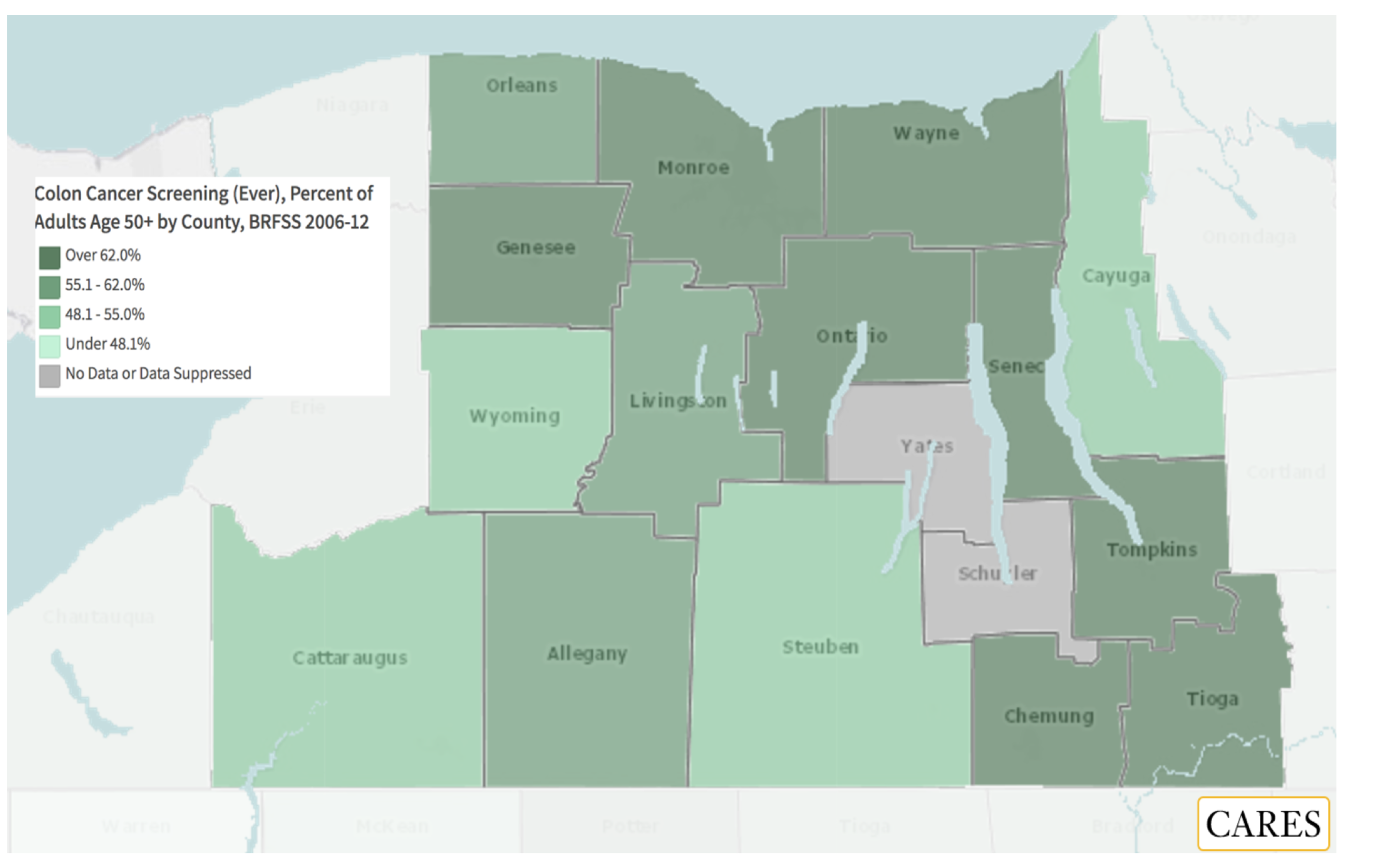



March Is National Colorectal Cancer Awareness Month Roc Health Data




The Behavioral Risk Factor Surveillance System Brfss 17 Texas




Overall Number And Ranking Of Reliability And Validity Tests For Brfss Download Table




Solved Xport Brfss Data On Mac Sas Support Communities




State Level Estimates Of Contraceptive Use In The United States 19 Guttmacher Institute




Brfss Underway In Tarrant County




New Shadac Brief Explores Methods For Adapting Brfss Survey Income Measure To Align With Fpg Thresholds Shadac



Github Bencapistrant Brfssr Behavioral Risk Factor Surveillance System Brfss Data 14 19




Comparison Response Patterns On Landline And Cell Phone In A Call Back Survey Effects Of Demographic Characteristics And Lag Days Survey Methods Insights From The Field Smif



Http Www Austintexas Gov Edims Document Cfm Id



1



Adult Obesity Prevalence Maps Overweight Obesity Cdc




Sas Tip How To Transform Cdc Brfss 19 Datasets Sas Support Communities




National Lgbt Cancer Network Brfss Sexual Orientation Gender Identity Items




Brfss Cdc




Brfss Spotlight Series Adult Smoking And E Cigarette Use In The United States Infographic Shadac




Ibis Ph Health Indicator Report Alcohol Consumption Binge Drinking



Cancer Network Org Wp Content Uploads 19 04 Sogi Data Sheet Pdf




Updated Review Of Major Cancer Risk Factors And Screening Test Use In The United States In 18 And 19 With A Focus On Smoking Cessation Cancer Epidemiology Biomarkers Prevention



Www Miace Org Wp Content Uploads 19 06 Spicerfastppt Pdf



Http Www Austintexas Gov Edims Document Cfm Id




Solved 6 3 Points The Behavioral Risk Factor Surveillance Chegg Com




The Behavioral Risk Factor Surveillance System Brfss 17 Texas




Alzheimer S Dementia Professionals Alzheimer S Association




Alabama Leads The U S In Adult Physical Inactivity Cdc Says Wpmi




Ppt 8 Overweight Obesity In Nys Moore County Revised 19



Obesity Data



2



Dhhs Nv Gov Uploadedfiles Dhhsnvgov Content Programs Office Of Analytics Images Brfss annual report 19 Pdf


コメント
コメントを投稿